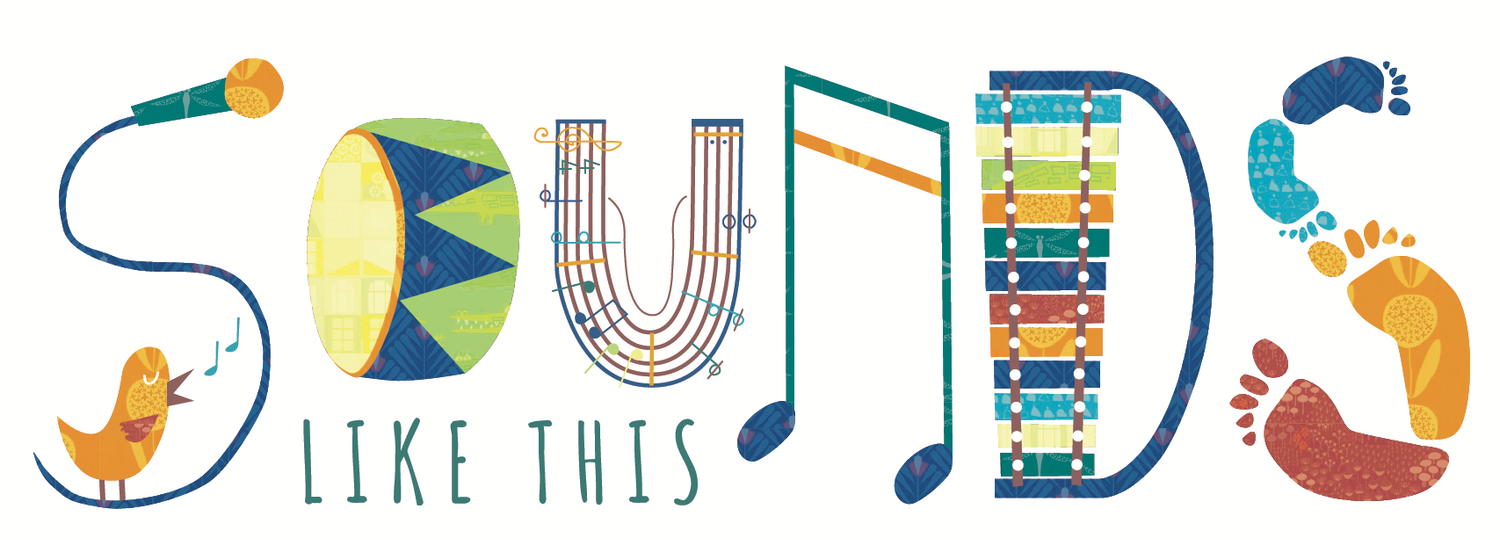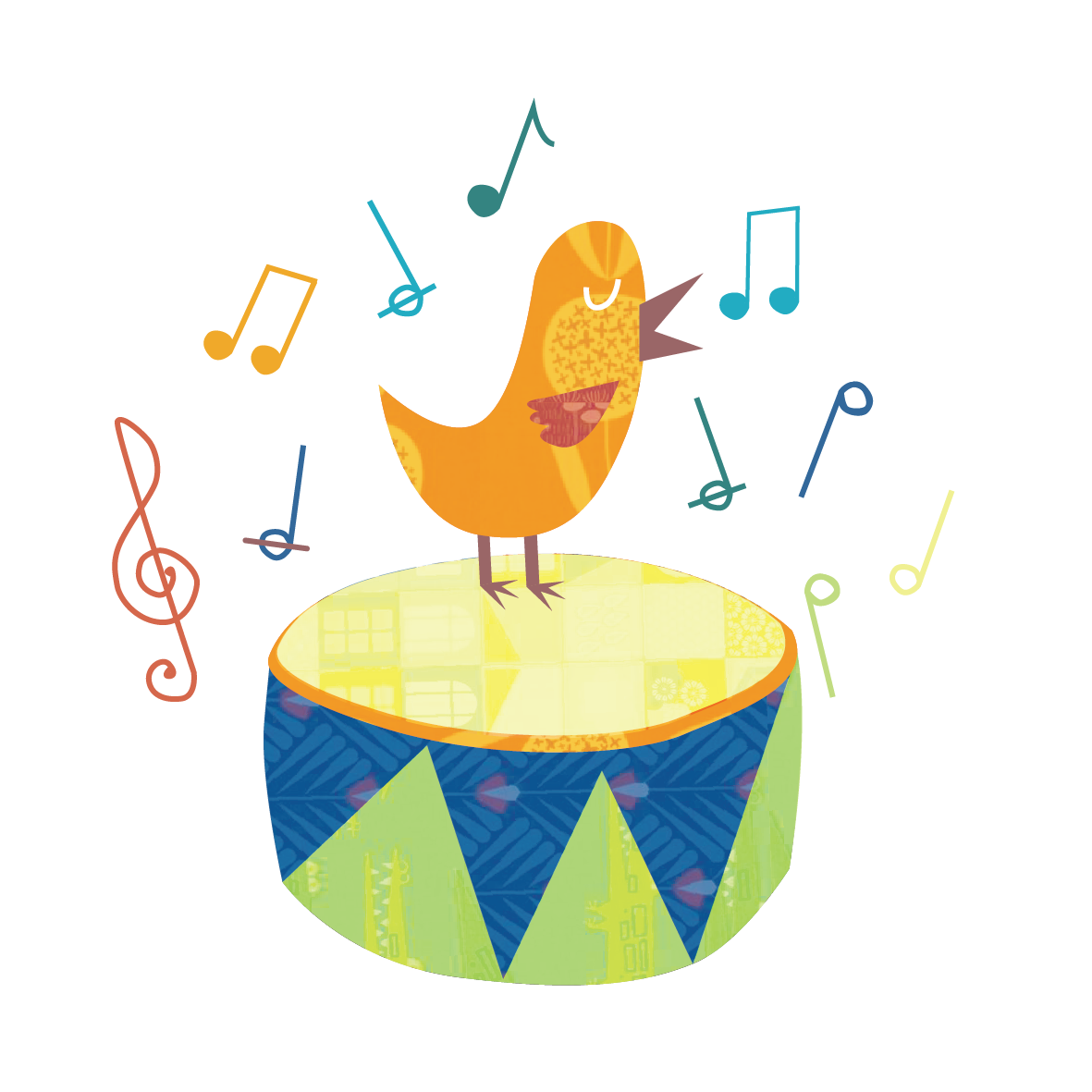Nursery Rhymes Really Do Improve Language Development in Early Childhood
Research tells us that nursery rhymes are an essential part of children’s lives — that they have a role in early childhood language development and motor skills and much, much more.
Our gut instincts have been telling us the same thing for eons (why else do we speak to toddlers in a sing-song voice?!) but we often feel blocked because we don’t know where to start.
(Instead of wasting time mucking about, access this easy shortcut to equip your early childhood educators with everything they need to “unblock” and make music with ease!)
Intuition has us humming generations-old nursery rhymes while we rock babies to sleep. A deep-seated memory has us singing the lines we can remember from Incy Wincy Spider when a toddler points out a creepy crawly to us.
Nursery rhymes naturally connect adults and children throughout generations, but there’s actually a whole lot more to them than just oral tradition. Nursery rhymes have an important role in early childhood language development.
How nursery rhymes help language development in early childhood
Research has found that in the early stages of child development, music and language development are indistinguishable.
“Evidence gathered from research in various disciplines, including anthropology, cognitive psychology, developmental psychology, and the neurosciences, demonstrate that music and language are closely related in development.”
It’s even recommended that early years educators blend the music and language curriculum to enhance the learning of both.
So back to nursery rhymes. They are ordered, sequenced, repetitive, and predictable. Through exposure to nursery rhymes, children naturally learn how to put vowels, consonants, words, and sentences together (especially when they are encouraged to join in and sing!).
This is because nursery rhymes provide opportunities for:
Repetition
Expression
Language practice
Broadening vocabularies
“Considerations of music [in early childhood] focus not on skilled performance as a function of organized music lessons, but on the knowledge of music gained implicitly from the musical exposure that is ubiquitous in children’s lives. As with language, this process involves inducing structure from environmental input. Learning, combined with inherent perceptual and cognitive predispositions, eventually renders adult knowledge in each domain.”
Repetition = Retention
Children adore the repetitive and predictable nature of nursery rhymes. Notice how they request the same loved favourites again and again?!
Children find nursery rhymes particularly engaging when they are repeated several (let’s be honest, a hundred) times. This repetition leads to retention.
You’ll often even find that excerpts from nursery rhymes often become a child’s first fully structured sentences.
Nursery rhymes encourage creative expression
When children do start to recite nursery rhymes by themselves, they are practising so many things, including beat, tempo fluctuation, pitch, volume, inflection, and the rhythm of language.
But best of all, they’re immersed in the “ART” part.
It’s the art part that makes nursery rhymes silly, enticing, exaggerated, sensitive, delightful, and worthy of all that splendid repetition. It’s our job as grownups to ensure that these rhymes are still delicious after a MILLION repeats. That’s the joy and the challenge.
By the way, our Music Making Made Easy Professional Development takes the guesswork out of how to do this and links to the Early Years Learning Framework so your teachers can bring music back into learning!
Slow tempi (musical speeds) = language practice and development
Nursery rhymes allow this precise practice of repetition and expression because they can be said or sung at a slower pace than conversational speech.
For example, recite “Slowly, slowly, very slowly like a garden snail” as you would when playing with a child, then try to say, “Hello… would you like some water?” at the same pace.
It does NOT work!
Music and speech are both put together using a finite set of sounds (for music, it’s notes whereas in speech, it’s phonemes).
Slowly performing a nursery rhyme again and again helps children identify and practice those phonemes, and so develop their language skills — made even more possible by the short simplicity of the rhymes.
Nursery rhymes help broaden vocabularies
Another special feature of nursery rhymes is that they expose children to new words they might not otherwise hear. Think:
“Merrily” in Row Your Boat
“Master” and “dame” in Baa Baa Black Sheep
“Sat on her tuffet” from Little Miss Muffet
Because these unfamiliar words are placed in a simple context and generally surrounded by familiar words, children are able to extrapolate their meaning with great accuracy.
These new words can also form a gateway to incredible conversations with older children. I know rhymes have led me to big conversations about all sorts of weird and wonderful things with my own kids. It’s quite the rabbit-hole to fall down and oh, so educational!
Nursery rhymes help children detect patterns
The pattern links between language comprehension and music are easy to see when we play with rhymes. Through rhymes, children discover musical form, phrase length, and balance. The beat is steady and rhythm patterns are set by the lyrics.
Remember, you can always check out #juliesharesasong on Instagram for a quick fix of musical wonderful-ness but in the meantime, here are a couple of old favourites that may just get you singing along…
The best nursery rhymes for language development in your classroom
(or at least… our faves!)
Grandma’s Glasses
These are Grandma’s glasses
And this is Grandma’s hat
And this is the way she folds her hands
Just like that.
These are Grandpa’s glasses
And this is Grandpa’s hat
And this is the way he folds his arms
Just like that.
Miss Mary Mack
Miss Mary Mack, Mack, Mack
All dressed in black, black, black
With silver buttons, buttons, buttons
All done her back, back, back
She asked her mother, mother, mother
For fifty cents, cents, cents
To see the elephants, elephants, elephants
Jump over the fence, fence, fence
They jumped so high, high, high
They touched the sky, sky, sky
And they didn’t come back, back, back
’Til the fourth of July, July, July.
Star Light, Star Bright
Star light, star bright,
First star I see tonight;
I wish I may, I wish I might,
Have the wish I wish tonight.
Five Little Ducks
Slowly, Slowly
Slowly, slowly, very slowly
Creeps the garden snail.
Slowly, slowly, very slowly
Up the wooden rail.
Quickly, quickly, very quickly
runs a little mouse,
Quickly, quickly, very quickly
all around the house.
Twinkle Twinkle Little Star
Twinkle twinkle little star,
How I wonder what you are.
Up above the world so high,
Like a diamond in the sky.
Twinkle twinkle little star,
How I wonder what you are.
Incy Wincy Spider
But not as you know it.
Check out our free video tutorials for Effective Music Making in Your Early Learning Setting and bring joyful nursery rhymes and other educational music back into your classroom today.




